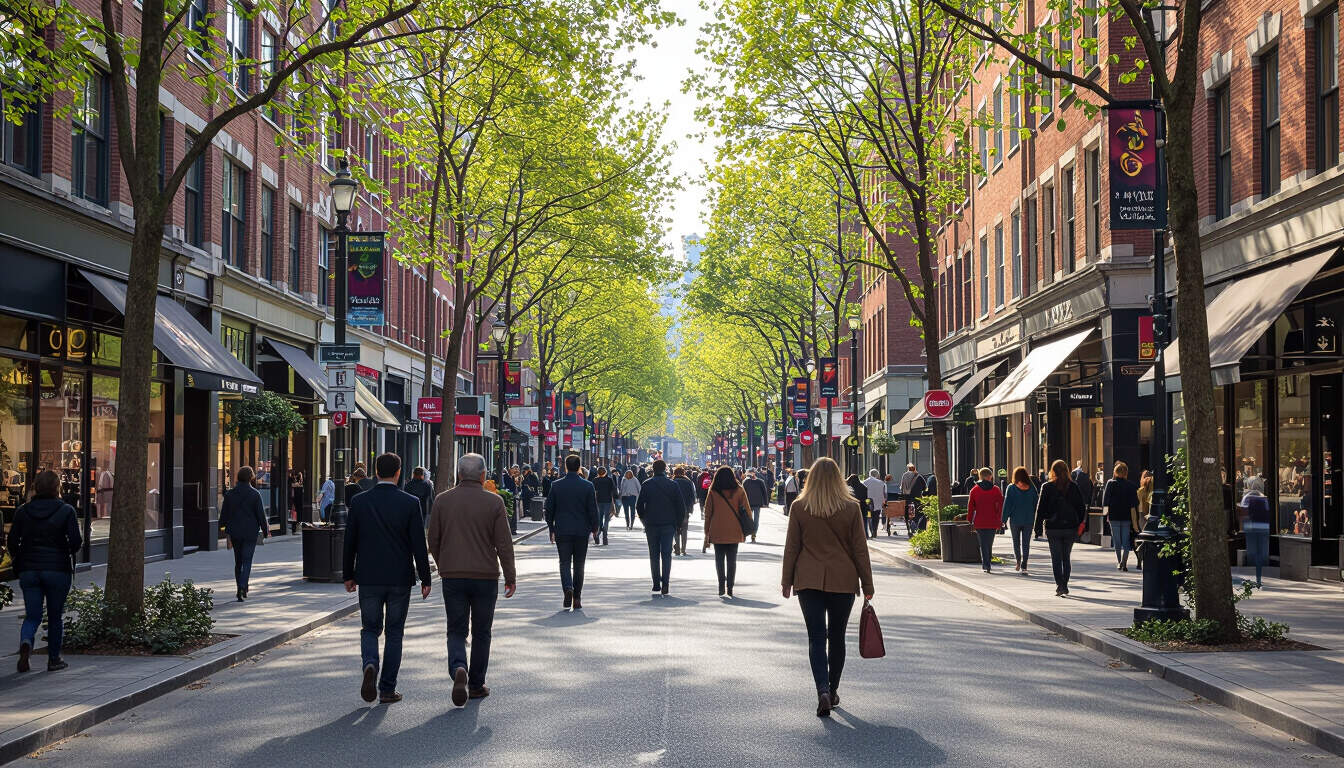Urban Planning and Productivity Hacks
 by Shanie Goodwin
by Shanie Goodwin
Explore how thoughtful urban design can streamline daily routines and boost personal efficiency. From optimized commutes to green spaces that enhance focus, discover research-driven ways to integrate city planning into everyday productivity strategies.

Urban planning plays a key role in shaping how people work and live, influencing everything from daily commutes to mental well-being. For instance, well-designed cities can reduce time spent on travel, allowing more hours for focused work. Urban planning often incorporates elements that promote smoother movement and less congestion.
One way this works is through efficient public transport systems. Studies show that reliable transit options can cut down commute times significantly. In cities with streamlined networks, individuals report higher levels of energy upon arrival at work or school. This leads to better concentration and output during the day. Efficiency in transport means more time for productive activities like planning tasks or learning new skills.
Another aspect involves the inclusion of green spaces in urban areas. Research indicates that access to parks and natural environments can improve cognitive function. For busy professionals, a quick walk in a nearby green area during breaks can refresh the mind and reduce fatigue. This practice, supported by findings from environmental psychology, helps maintain steady performance throughout the day. Productivity benefits from these short, restorative pauses.
Consider mixed-use developments, where living, working, and shopping areas are integrated. Such designs minimize the need for long trips, fostering a balanced lifestyle. Data from urban studies suggest that proximity to essential services correlates with lower stress levels. For students juggling classes and part-time jobs, living in such areas can free up time for study sessions. Urban planning strategies like these create environments that support daily goals.
To apply these insights, start by assessing your local area. If you live in a city with heavy traffic, explore alternative routes or schedules that avoid peak hours. This simple adjustment can reclaim valuable minutes each day. Experts recommend tracking your routines to identify bottlenecks, then aligning them with available urban features.
Beyond transportation, lighting and layout in public spaces matter. Well-lit streets and pedestrian-friendly paths encourage walking, which has health benefits. According to health research, regular physical activity from walking boosts endorphins, aiding focus and motivation. In neighborhoods with thoughtful designs, people are more likely to choose walking over driving short distances. Efficiency hacks often stem from these built-in opportunities for movement.
For remote workers, urban planning affects home office setups indirectly. Areas with quiet zones or community centers provide spaces for undisturbed work. Surveys of professionals highlight that access to such facilities enhances remote productivity. By utilizing nearby co-working spots in well-planned districts, individuals can mimic office environments without the commute.
In educational settings, schools in efficiently planned cities benefit from better resources. Proximity to libraries and tech hubs allows students quick access to materials, streamlining study processes. Evidence from educational research shows that reduced travel time leads to more consistent learning routines. Productivity tips for students include leveraging local amenities to optimize study schedules.
Businesses also thrive in cities with smart planning. Areas designed for innovation, like clusters of tech firms, facilitate collaboration. Reports indicate that face-to-face interactions in these settings spark ideas and accelerate projects. For teams, choosing locations with easy access promotes efficient meetings and idea exchanges.
Practical steps include advocating for better local improvements. Community involvement can lead to changes that benefit everyone, such as more bike lanes or pedestrian paths. These efforts, backed by public health data, contribute to overall well-being and output.
Finally, integrating urban elements into personal routines builds long-term habits. Whether it's scheduling walks in green spaces or optimizing commutes, the results compound over time. By focusing on these strategies, individuals can achieve greater balance and achievement in their pursuits.
Key Strategies for Daily Use
- Optimize Commutes: Choose routes that use public transport to save time and energy.
- Incorporate Nature: Schedule breaks in parks to refresh your mind and maintain focus.
- Utilize Proximity: Live or work in areas with mixed uses to minimize unnecessary travel.
- Encourage Movement: Opt for walking in well-designed paths to boost physical health and mental clarity.
Through these approaches, drawn from reliable research, urban planning becomes a tool for everyday efficiency.
